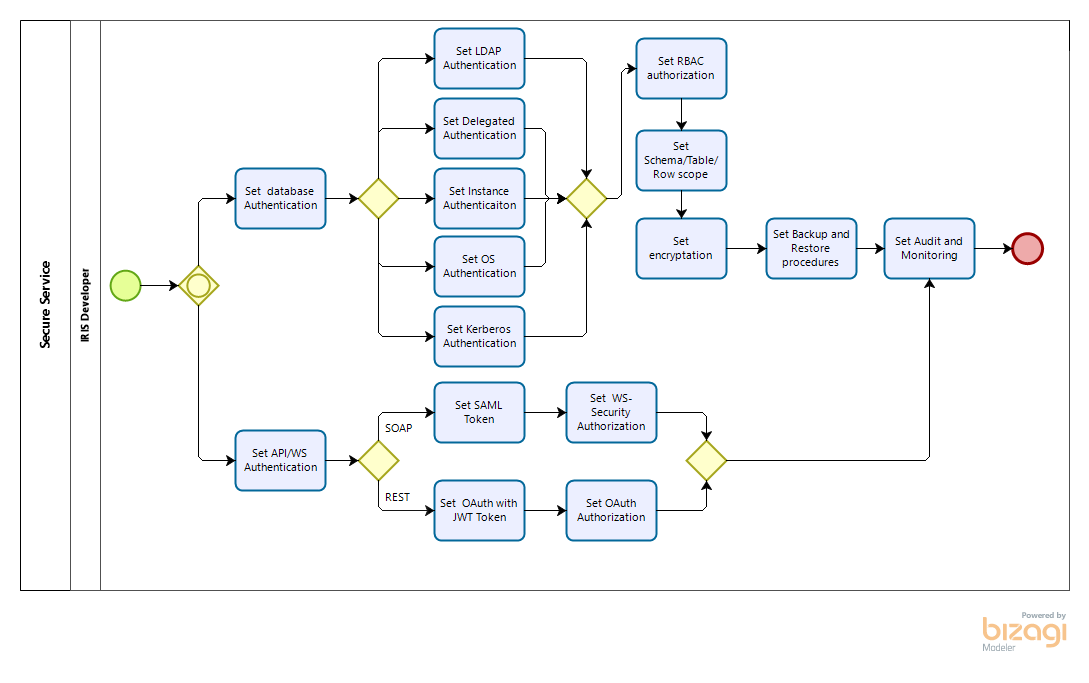I am getting the following error when trying to fect data from DeepSee:
"Error":"ERROR #5002: Cache error: <PROTECT>%Construct+3^%DeepSee.ResultSet.1 ^DeepSee.Cache.LocalResults(\"session\"),e:\\hs-db\\tfoms\\"
However, I cannot find the place this error points me to.
Specifically, it says 'Label %Construct + 3 lines, in the %DeepSee.ResultSet.1', but there does not seem to be such a place. I could only find the %DeepSee.ResultSet class and it does not have a lable named %Construct.

.png)

.png)
